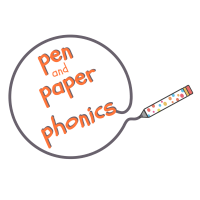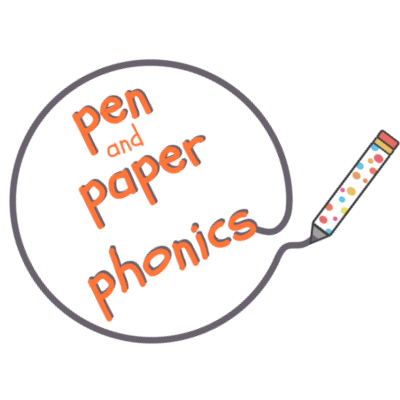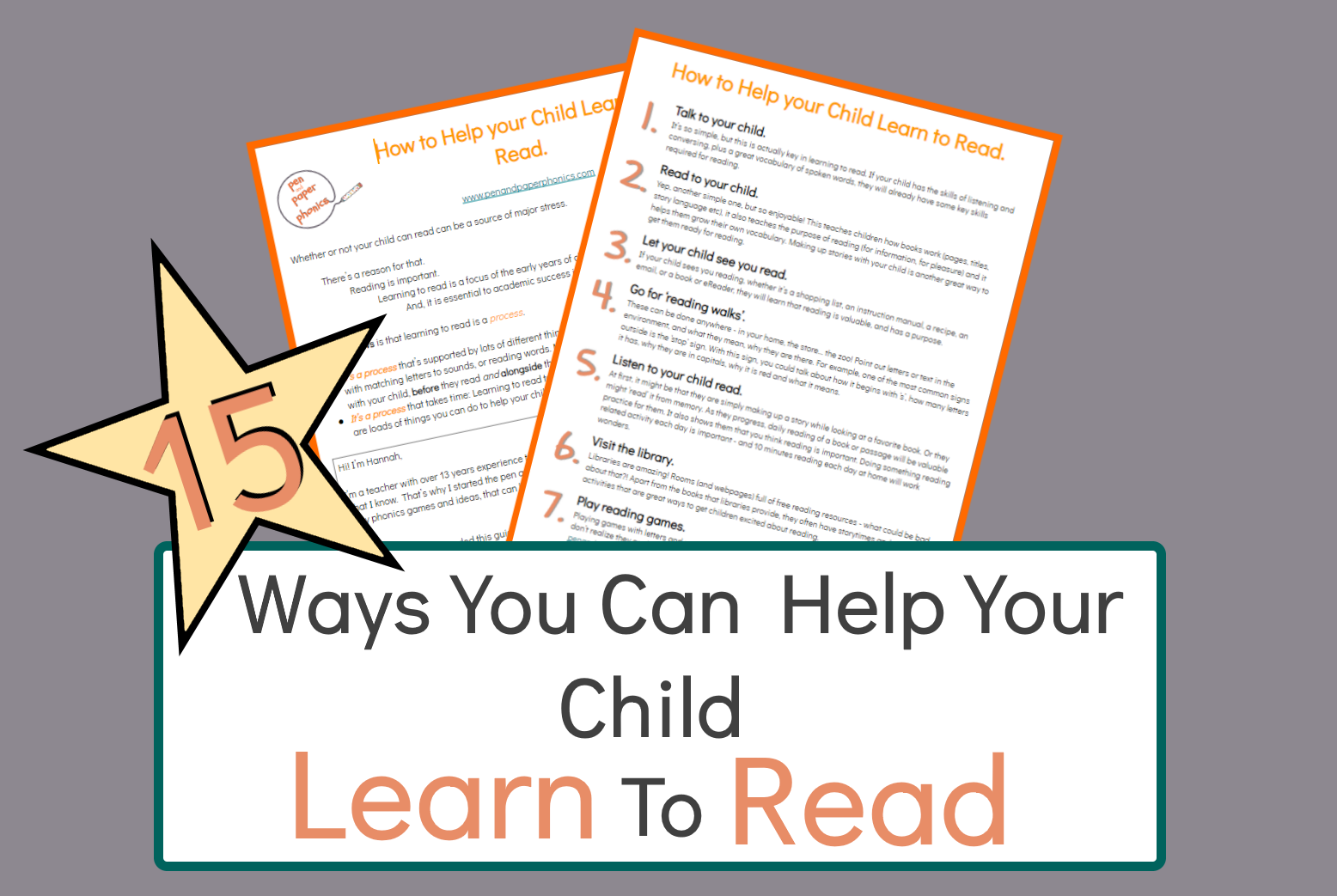
Sight Word Battleships is great for practicing sight words, especially ones that are really difficult to master.
This game is based on the game of Battleships, where ships are placed at coordinates on a grid and players try to guess where the ship is. In sight word battleships we use cubes instead of ships, and instead of coordinates, we use words.
Sight Words:
Now, I know … this blog is about phonics.
And when we want children to learn sight words, we are asking them not to use phonics. This is because sight words are words that are recognized by sight, rather than being sounded out.
However, sight words are important to learn alongside using phonics to work out words. The reasons including…
- They help with reading fluency (because if the reader knows some words by sight, they don’t need to sound out every word).
- Not every word follows simple phonics rules (surprise!). This means a reader could use normal phonic strategies to tackle to word, but they won’t read it correctly. Eventually, children will learn the rules that these words do follow, but as some of these words are very common in English, it is best just to learn them.
So, while using phonics for reading is fundamental, it is not applicable to every single word. Therefore, sight word knowledge is important.
Want to know more about sight words? Click the link below:
Related Content: Sight Words Explained
Before you begin, you might want to know if this activity is right for your child or student. Click here for information to help you decide.
Sight Word Battleships Activity
What you will need:

- A list of words you want to practice (I used 5, but anywhere up to 8 has worked well).
- Two 6 by 6 grids (increase this if you have more than 5 words)
- Two different colors of cubes or counters, or bits of scrap paper. Anything to mark where your ‘ships’ will be.
- A big book or binder file to shield your grids, so that each player cannot see the other player’s grid.
The resources section at the bottom of the post has example sight word lists as well as grid templates.
How to play:
To set the game up: Write or type the words you want to use into the grids (make sure each grid is exactly the same.
I print the grids on different colors for each player but the words are exactly the same). I also used the same words, in the same order across and down the grid. For example:

Before you play: Read through all the words on the grid first. Put a cube in one square and show your child or student how to call it out. For example, use the column going down first, then across:

To play:

- Set the grids up so that one grid faces the student and one faces you. Put the binder or large book in between the two grids so that you can’t see each other’s grids.
- Each choose about 3 cubes and place each cube in a square.
- Take turns to guess where the other player might have put a cube, by calling out the ‘coordinates’ for the square. For example, in the picture to the left, the cubes for player 2 are at ‘where, where’, ‘away, away’ and ‘find, down’.
- If one player is correct, and guesses where the cube is, the other player says “Hit!”. If not, they say “Miss!”
- Use another color of cube, or a counter, to mark where you have guessed, so that you don’t ask again.
- The first person to ‘hit’ all the other players cubes is the winner.
To note
Not every game or activity goes to plan! Here are some things to watch out for:
- Sight Word Battleships can be a difficult activity to set up/ explain. If your child or student has experience with the game Battleships, then it is easier. But even if they don’t, I always take this game slowly at first, explain very clearly, and often have a practice round where we can see each others’ grids and so practice getting it right.
How to adapt
There are lots of ways to adapt this sight words battleships game:

- The adaption I do the most with this game is to only use the columns – as in the picture to the left. This is for students who find the logistics of battleships difficult. We put one cube in a column and then guess which column the other person has put it in. This is a much simpler version of the game, but works really well for some students.

- You can use more words. This makes the grid bigger and the game longer, but I’ve found older students often like a bigger grid.
- You can have different words going across the top and down the side. For example, the picture to the right.
- Instead of using sight words, you could use different letter sounds, digraphs or blends as a way of practicing these skills.
Here’s how it looked when I did it in ‘real life’!

Related Content: Sight Words Matching Activity
Resources for Sight Word Battleships Activity
Sight Word Lists:
There are different orders and progressions for learning sight words. Some are linked to reading stages a child goes through and they seek to build as logical a progression as possible. Others are based on how frequently the words appear in language, or in story language.
I definitely think some lists and progressions are better than others. Often you don’t have a choice and need to use what your school is working with. I think as long as there is some sort of logical progression through the words, and children practice them often, then they will make progress in sight words.
Generally, sight word lists have about 100 words on them. This is because after learning this amount of sight words, children have usually had a good amount of reading practice, alongside their sight word reading. So they have practiced strategies for working out words, or they know the phonics necessary to read the word, and so learning words by sight does not need to be so prominent in their reading practice.
Here are a few sight word lists I have used:
- Letters and Sounds. This is the order I find most helpful. It is well thought out and provides challenge. It also builds slowly, from basic to more difficult words.
- Fry Sight Words. This link has a list of Fry words, as well as some great activities to do with them.
- Dolch Sight Words. This link is from the same site as above, just with the Dolch words .
- Over the years I have made my own sight word lists. I have separated it into sight words that are easy to sound out (decodable), words that require a bit more phonics knowledge to sound out (decodable with knowledge), and words that are high frequency but either have advanced phonics requirements, or do not follow any logical pattern and just have to be learned (non-decodable).
Related Content: Sight Words Explained
Templates:
Why I used this activity…
I had a student who was finding some of the Dolch words difficult to memorize. When I used this game, it really helped them to practice reading the words, and it kept them engaged in what they were doing. In the end, they had read the words over ten times each without realizing.
….and what I learned:
At first, instead of using the cubes for the ‘ships’ I used the actual words, and the coordinates were just 1-5 and A, B, C, D, E. I soon found out that we were mostly saying the numbers and letters (which the student knew very well!) and only saying the words when we had ‘hit’ each others ships. So by adding the words as the coordinates there was much more opportunity to practice the words (the point of the exercise!) We live and learn!
Is this Sight Word Battleships activity right for my child?
Sometimes, it can be difficult to know if an activity will be helpful for your child or student. For this activity, the questions below might help:
- Does your child or student know the letter sounds of the alphabet?
- Have they started to read words by sounding out, for example /i//t/ says ‘it’, or /s//u//n/ says ‘sun’
- Do they know some words by sight, for example their name, or words such as ‘the’ or ‘to’?
- Often children will be working through sight word lists, either provided by their school or words that you know they are working on. See the resources section of this post for some links
- Are there words you notice that they consistently stumble on? These words might be good for this activity.
If the answer is ‘yes’ to these questions, then this Sight Word Battleships activity will be a great way to teach or reinforce sight words. .



